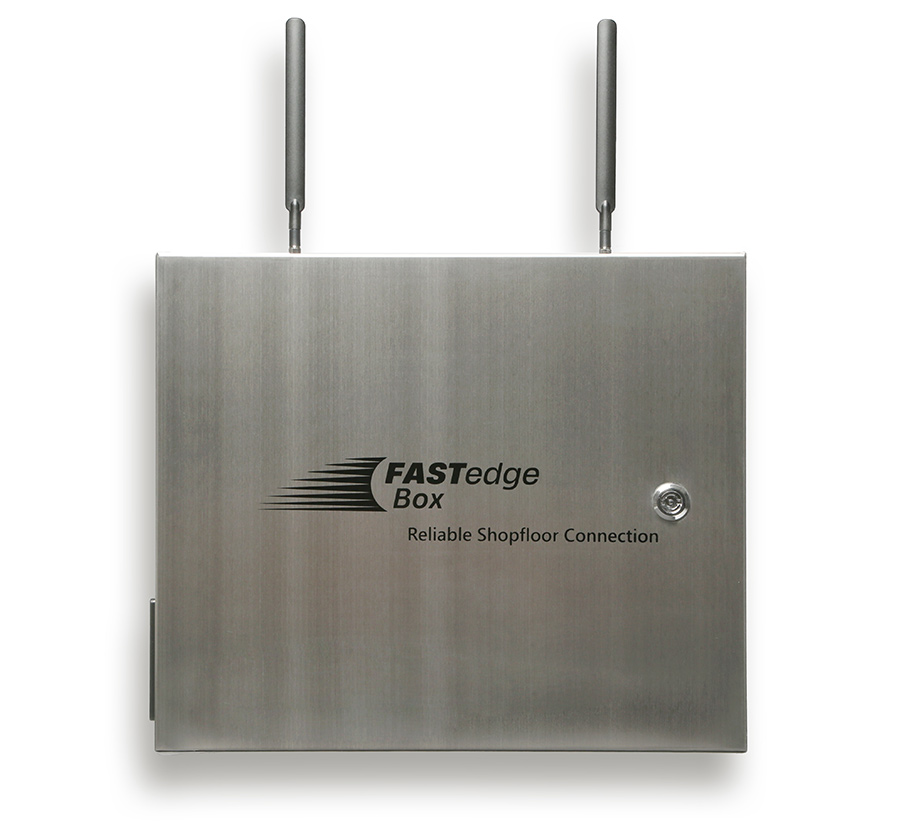Meet Acceptance Conditions for Inspection Points
In production quality assurance, a product can be tested on the basis of defect classes. A major development step in version 3.4.6 of FASTEC 4 PRO is the creation of an acceptance condition based on inspection points. Previously, all test steps were separate from each other. By introducing inspection points, the characteristics or defect classes can now be related to each other.
The complex acceptance condition based on inspection points significantly increases the flexibility of our software. This new function enables us to map more complex use cases for our customers.
Maximilian Claes, Team Leader Product Management at FASTEC
Further optimization takes place in the resource log of the MES FASTEC 4 PRO: This is where production employees can find the most important information about the previous shift when changing shifts. With the new version 3.4.6, the resource log now contains information on both maintenance and quality assurance.
Greater Convenience Thanks to Sample Retrieval and Sample Entry in Quality Assurance
There is also an optimization in the area of measured value entry thanks to the new “Sample Reference” feature: Here, a company’s quality assurance employees can now fully check one sample after another for all characteristics. This means greater convenience and a simplified inspection process.
In addition, the new “Collective Entry” feature speeds up quality assurance in production: employees can directly enter the number of samples that have a certain attribute. At the same time, the software checks whether the correct number of samples has been entered. This also ensures convenient handling of large samples when entering measured values.
Version 3.4.6 of FASTEC 4 PRO also changes the display of Bill of Materials in the production client: previously, this was only possible via the document display. In addition, only bill of materials with master data could be displayed. With the update, the administrator now specifies in the basic data for the associated part whether and how bill of materials should be displayed. In the production client, the user can then use the new bill of materials button directly on the operation selection part to call up the bill of materials view with detailed information on the associated operation and bill of materials.
Triggering Alerts Manually
With the Alerting module, alerts were previously only possible directly in MES FASTEC 4 PRO via the alert chains and sources stored there. With version 3.4.6, the administrator can now configure alert groups in the basic data for any Work centers, which can contain any number of buttons with texts. By assigning these groups to alarm chains, they are then displayed in an alerting part as individual buttons directly in the production client. There, machine operators can select and activate them, e.g. to be able to call a maintenance technician immediately with just one click in the event of problems with the machine.
Another new feature is that the Maintenance module can be used to create maintenance requests for equipment directly in the production client. Equipment can be searched for and then selected in the maintenance part of the production client using the convenient search function. Thus, in addition to work centers and lines, it is now also possible to create requests for equipment.
In Short: Improved Usability and More Flexibility
In summary, the release of version 3.4.6 is accompanied by a number of optimizations for users of the MES FASTEC 4 PRO: the performance of the software and usability are improved in various areas. The complex acceptance condition based on inspection points also makes MES FASTEC 4 PRO significantly more flexible.
With a focus on the future, we are continuously developing our software, improving it and adapting it to individual customer needs. In this way, we help companies to further expand their market position and stay competitive with our solutions.
Leon Pott, Head of Product Development at FASTEC








